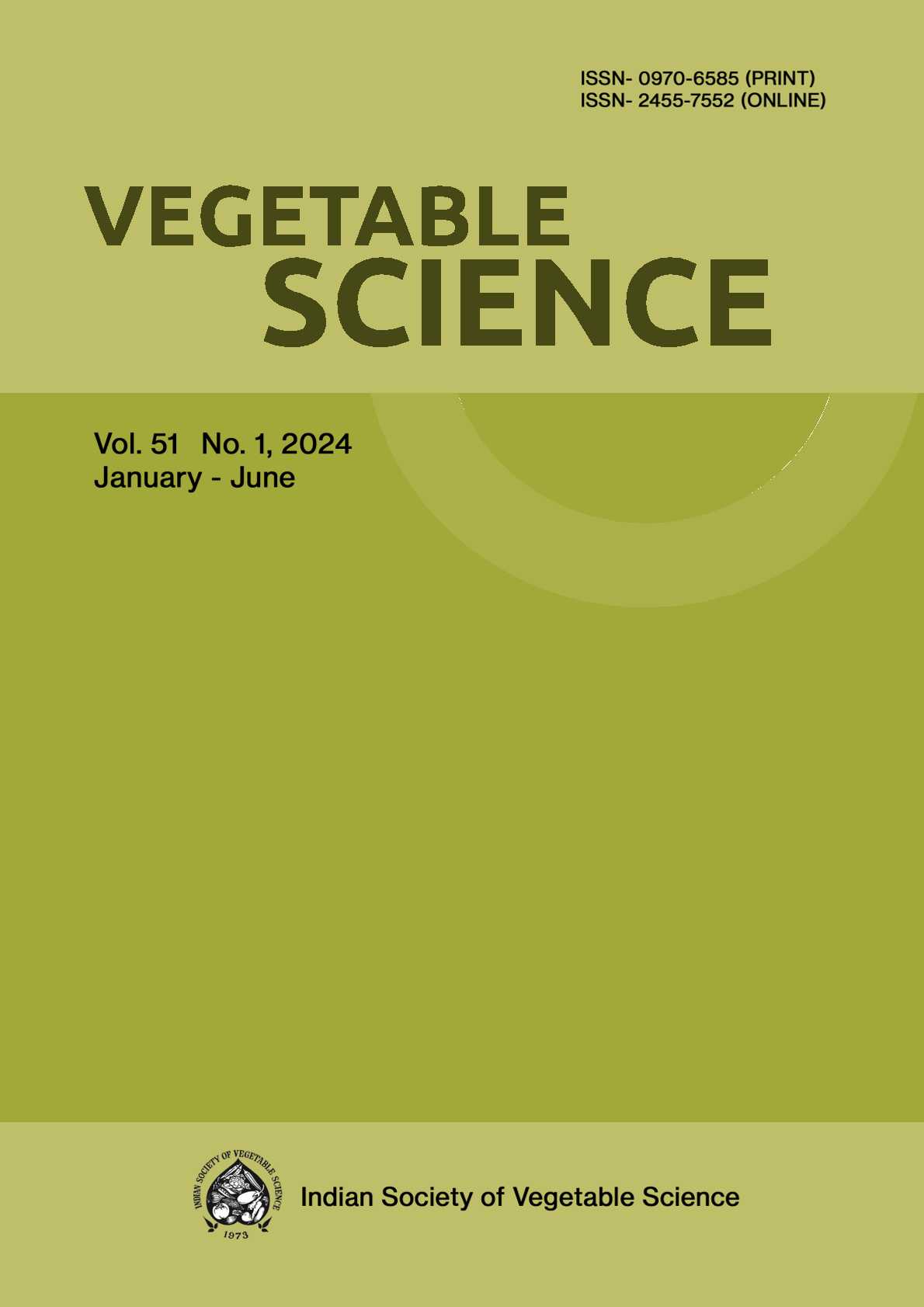Biochemical and nutritional variations in lettuce, cabbage, tomato and turnip
DOI:
https://doi.org/10.61180/Keywords:
Ascorbic acid oxidase, Polyphenol oxidase, Ascorbic acidAbstract
Ascorbic acid and phenol content in four vegetables namely lettuce (Lactuca sativa), cabbage (Brassica oleracea), tomato (Solanum lycopersicum) and turnip (Brassica rapa) were determined for five days continuously at room temperature. Highest level of ascorbic acid was found in lettuce (44.44 mg/100g fresh weight) followed by cabbage (35.50 mg/100g fresh weight), tomato (19.80 mg/100g fresh weight) and turnip (9.67 mg/100g fresh weight). Ascorbic acid oxidase (AAO) activity in all four vegetables were determined. It was highest in lettuce and lowest in tomato. Phenol content was obtained highest in tomato (0.54 mg/100g fresh weight), followed by cabbage (0.47 mg/100g fresh weight), lettuce (0.34 mg/100g fresh weight), and turnip (0.30 mg/100g fresh weight). Polyphenol oxidase (PPO) activity in all four vegetables were also analysed and obtained highest in cabbage and lowest in turnip. F-Test applied for ascorbic acid and phenol content for four vegetables, during five days of storage period at room temperature were found significance. During self life of four vegetables ascorbic acid decreases up to 85.86 percent in lettuce, 89.57 percent in cabbage, 83.18 percent in tomato and 51.08 percent in turnip, while phenol content reduced to 67.64 percent in lettuce, 59.57 percent in cabbage, 82.45 percent in tomato and 33.33 percent in turnip.
Downloads
Published
Issue
Section
License

This work is licensed under a Creative Commons Attribution-NonCommercial-NoDerivatives 4.0 International License.






